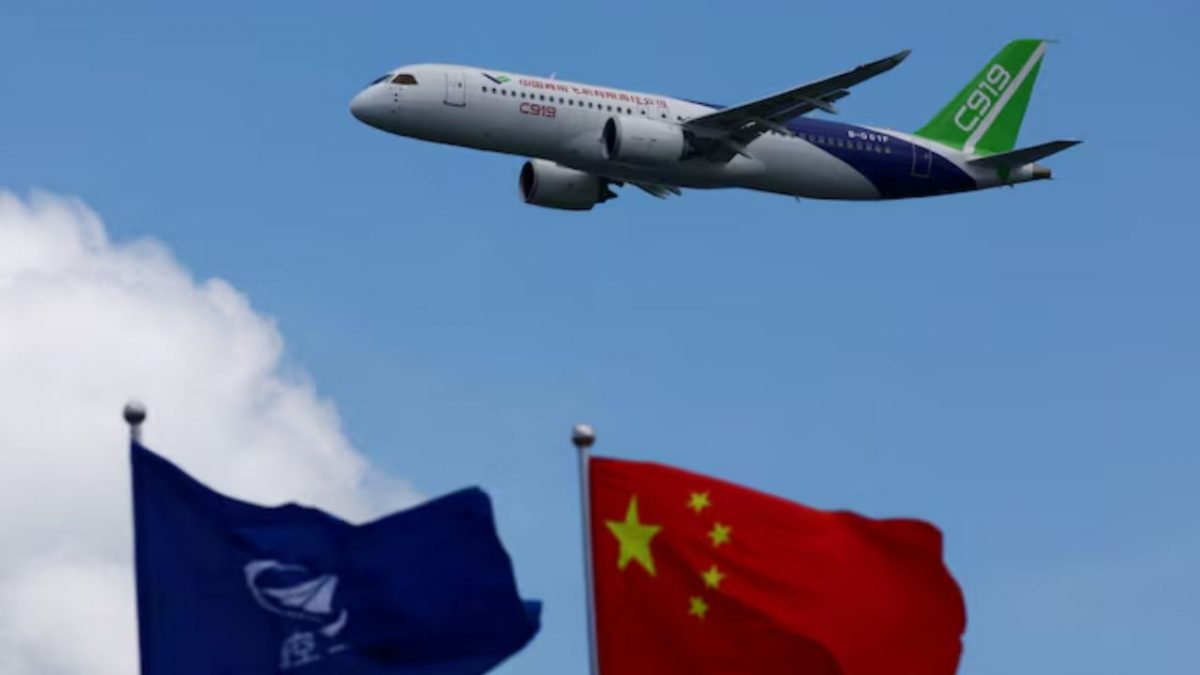Nintendo Switch: How Nintendo's Innovation Finally Found Its Home

For years, Nintendo marched to the beat of its own drum, often defying industry trends while captivating players with its unique charm. The Wii U, however, proved to be a significant stumble. While commercially unsuccessful, it’s now clear that the Wii U wasn't a failure of imagination, but rather a case of being ahead of its time. Many of its innovative concepts, and the incredible games it housed, were simply waiting for the right platform to truly shine. Enter the Nintendo Switch – a console that beautifully integrates and builds upon the Wii U's legacy, proving that Nintendo's bold vision has finally found its perfect home.
The Wii U's Unfulfilled Promise
The Wii U’s biggest challenge was confusion. Its dual-screen setup, featuring a tablet-like GamePad, was difficult to explain to consumers. While the GamePad offered intriguing possibilities – asymmetrical gameplay, off-TV play, and unique strategic options – it wasn’t effectively integrated into most games. Developers struggled to leverage its potential, and many players simply didn’t see the value in carrying around an extra screen. The marketing didn't help either; the name itself suggested it was merely an upgrade to the Wii, rather than a brand new console.
However, beneath the marketing missteps and confusing hardware lay genuine innovation. Consider Splatoon, a vibrant, team-based shooter that utilized the GamePad for strategic map viewing and special abilities. Or Star Fox Zero, which offered a unique, GamePad-assisted lock-on system. These games hinted at the Wii U's potential, showcasing how the GamePad could enhance gameplay in meaningful ways. And let's not forget the incredible first-party titles like Super Mario 3D World, Mario Kart 8, and Bayonetta 2 – games that stood on their own merit regardless of the GamePad’s involvement.
The Switch: A Perfect Synthesis
The Nintendo Switch, released in 2017, can be seen as Nintendo learning from the Wii U’s mistakes and refining its vision. It took the core concept of flexible gaming – the ability to play seamlessly between a home console and a handheld device – and perfected it. The Switch’s detachable Joy-Cons, allowing for multiple play styles (single-player, two-player, and TV mode), are a direct evolution of the Wii U’s GamePad concept, but executed with far greater clarity and user-friendliness.
Furthermore, the Switch benefited from a stronger emphasis on portability. The handheld mode became a key selling point, attracting a wider audience and allowing players to enjoy their games on the go. Nintendo also learned from the Wii U’s lack of third-party support, actively courting developers and building a robust library of games across various genres. The success of titles like The Legend of Zelda: Breath of the Wild and Super Mario Odyssey solidified the Switch's position as a must-have console.
A Legacy of Innovation
Looking back, the Wii U's failure wasn't a reflection of Nintendo's creativity, but rather a testament to the challenges of introducing truly innovative hardware to a market that often prioritizes incremental upgrades. The Nintendo Switch didn't just succeed; it validated the ideas that the Wii U championed. It demonstrated that Nintendo's willingness to take risks and push boundaries, even if it means facing initial setbacks, ultimately leads to groundbreaking and beloved gaming experiences. The Switch is a shining example of how technology finally caught up to Nintendo’s vision, allowing its unique brand of fun to flourish.

)




